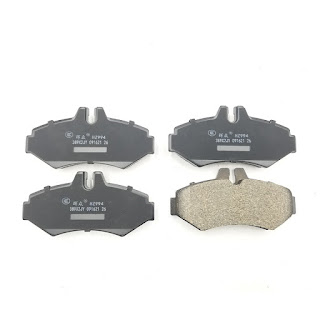Understanding Water Valves: Types, Functions, and Maintenance

Water valves are an essential component of any plumbing system. They are used to control the flow of water and are crucial in ensuring that the water supply to your home is regulated and secure. In this article, we'll discuss the different types of water valves, their functions, and how to maintain them. Types of Water Valves There are several types of water valves used in residential and commercial plumbing systems. The most common types include: Gate Valves - Gate valves are the most commonly used valves in plumbing systems. They operate by raising and lowering a metal gate to regulate the flow of water. These valves are durable and can withstand high water pressures, but they tend to leak if not maintained properly. Ball Valves - Ball valves use a ball with a hole in the middle to control the flow of water. They are more reliable than gate valves and are easier to operate. They are also more expensive than gate valves. Globe Valves - Globe valves are similar to gat...



